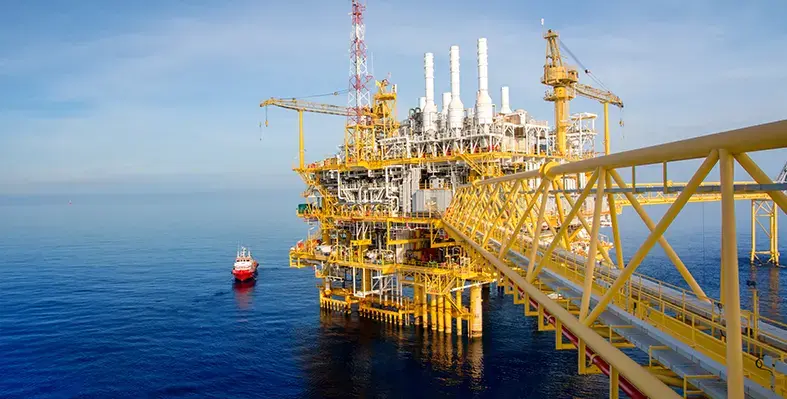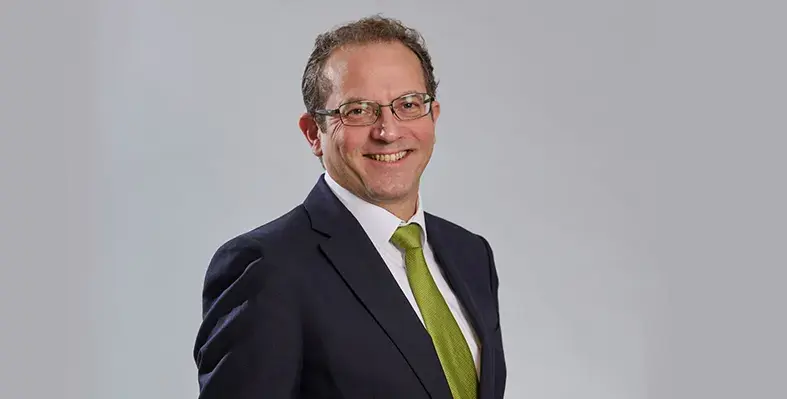
The service will address the growing demand for industrial energy efficiency. (Image source: Sulzer)
Sulzer has launched an energy efficiency and carbon reduction service called Sulzer Energy Optimisation Service to upgrade the standards of centrifugal pumps across their lifecycle for energy intensive industries such as power generation, oil and gas, chemicals and water desalination
This service will address the growing demand for industrial energy efficiency with access to digital analysis, machine learning and ongoing monitoring to reduce carbon emissions, enhance reliability, and reduce energy costs. A 1% increase in global pump efficiency would save around 59TWh of electricity – equivalent to New Zealand’s annual power needs; some pumps’ efficiency could be increased by as much as 20-30%.
Ravin Pillay-Ramsamy, services division president at Sulzer said, “Inefficient and unreliable pumps cost operators in the industrial sectors millions of dollars in unnecessary downtime, energy costs and carbon emissions every year. Sulzer Energy Optimisation Service offers a comprehensive solution that tackles this inefficiency – from identification through to improvement and monitoring.
“A pilot customer in Spain will now save €1 million in energy costs and over 2,300 tonnes of carbon dioxide a year as a result of energy optimisation improvements identified by the Service. By rerating five pumps, energy efficiency increased from 72% to 83% saving the operator 5,000MWh in electricity every year.”
Consisting of four steps, an initial pump energy audit identifies areas of inefficiency with Sulzer’s proprietary calculator – PumpWise – outlining the potential energy, carbon and monetary savings.
A tailored proposal is generated by Sulzer’s expert team presenting a range of options to return the pump to run at its best efficiency point through an engineered retrofit, with varying techniques such as hydraulic re-rates, specialised coatings, wear clearances and more. Each option weighs operational costs, investment, downtime, payback and efficiency guarantees. The upgrades are then implemented with support from Sulzer’s established retrofit team which has delivered more than 4,000 retrofit projects globally since its setup in 2010. The team is supported by a network of more than 120 service locations globally.
Following retrofit, Sulzer offers a performance agreement to maintain optimised reliability and efficiency. This includes access to Blue Box, Sulzer’s proprietary machine learning technology which turns pump performance data into actionable insights.
Pillay-Ramsamy said, “For operators who are constantly challenged to do more with less, making energy efficiency improvements is a win-win. With pumps accounting for 20% of the world’s electricity demand, we want to offer a streamlined, futureproofed way for customers to improve their energy efficiency regardless of their pump OEM.
“To do so, we’ve combined the competence of our people and longstanding engineering expertise with our proprietary innovations and wrapped them in a collaborative and customer-centric approach. Altogether we believe this solution creates a new best practice standard for pump operation that goes above and beyond in supporting operators to remain future-ready.”








